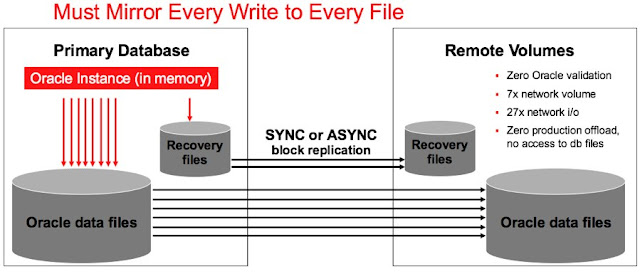Why Should You Decide for Database Oracle Replication

Oracle has been at the forefront of database management systems for decades and organizations have built up an environment from their Oracle database that increases operational efficiencies. The most optimized way for this which is typically preferred is O racle replication of databases, a technique where data access is ensured from a wide range of sources like servers and sites. O racle replication allows real-time data access and therefore has high data availability. In the oracle replication process , data is shared, distributed, and consolidated so that organizations can keep it in sync across various locations and share it with partners. This data is present in different branches and wherever there is a need to create multiple copies of the database. These copies are all synchronized and allow backups in case of disaster recovery, testing, distributed data processing, and business reporting. The Benefits of O racle Replication There are several benefits of O racle repl...






